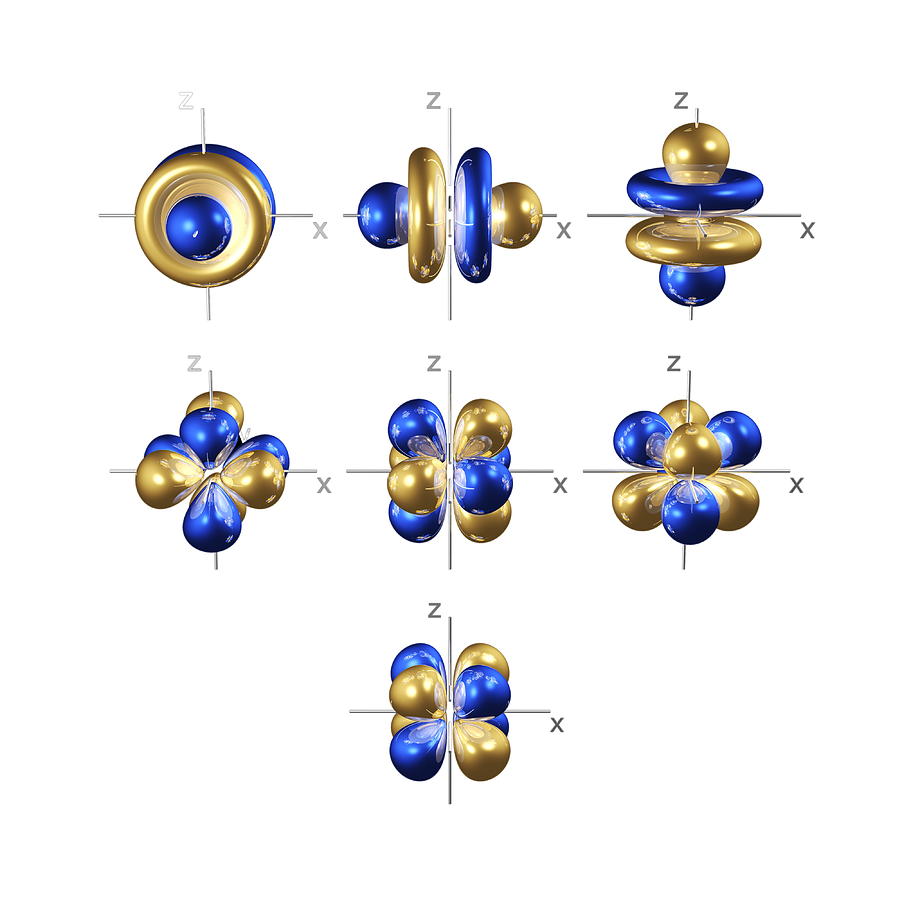


Atomic orbitals update#
10 April 2001: A minor update to Orbital Viewer has been posted. The major difference between atomic and molecular orbitals is that atomic orbitals represent electron density in space associated with a particular atom. Approximate expansion of the molecular orbitals over a much reduced set of orthogonal atomic basis functions can also be accomplished to a very good accuracy with a singular value decomposition procedure. Atomic Orbitals Atomic Orbitals Electron orbitals are the probability distribution of an electron in a atom or molecule. In addition, the molecular orbitals of a calculation can be exactly expressed as a linear combination of this orthonormalized set of numerical atomic orbitals, and the Mulliken population analysis carried out on this basis set exactly reproduces the original QTAIM atomic populations of the atoms. An orbital is a region of space where there is a high probability of finding an electron. The occupation numbers of the remaining effective orbitals are almost negligible, except for atoms with hypervalent character. Current theory suggests that electrons are housed in orbitals. These correspond to atomic hybrids that closely resemble the core and valence shells of the atom. Experience shows that only a limited number of effective atomic orbitals exhibit significant occupation numbers. This tutorial examines the first four energy levels of an atom, s, p, d, and f, chosen through the pull-down menu. This formalism can be used to retrieve from any type of calculation a proper set of orthonormalized numerical atomic orbitals, with occupation numbers that sum up to the respective Quantum Theory of Atoms in Molecules (QTAIM) atomic populations. The effective atomic orbitals have been realized in the framework of Bader's atoms in molecules theory for a general wavefunction.


 0 kommentar(er)
0 kommentar(er)
